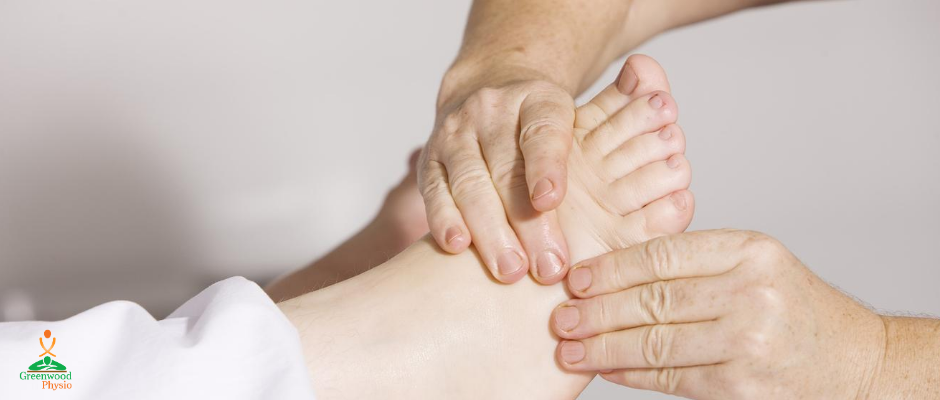Lymphoedema: Frequently Asked Questions

According to the Cancer Council, lymphoedema is “swelling of part of the body, usually a limb. It can occur as a side effect of cancer treatment when lymph nodes have been removed or damaged causing lymph fluid to build up in tissue under the skin”. Though there is no known cure for this ailment, it can be managed with the help of an experienced physiotherapist. If you suffer from lymphoedema, the team at Greenwood Physio has two dedicated lymphoedema therapists who are able to work with you to best control and manage your symptoms.
Here we have put together some of the frequently asked questions regarding lymphoedema and how it can be managed;
What are the signs and symptoms of Lymphoedema?
If you’ve undergone treatment for cancer and you’re worried about lymphoedema, these are the common signs and symptoms that people experience:
- a feeling of heaviness, tightness or fullness in a limb or body part
- visible swelling, you may notice indentations in your skin from tight clothing, jewellery or shoes that you previously fit well.
- pitting of the skin
- skin feeling warmer than usual
- a reduced range of mobility in the affected limb
There are often other changes in the body that are associated with surgery and radiotherapy which can sometimes be confused with lymphoedema. These include a reduced range of movement, loss of muscle strength and changes in sensation in the arm. Though these symptoms are not synonymous with lymphoedema, your physiotherapist will also be able to assess these concerns and assist you accordingly.
What are the causes of Lymphoedema?
Lymphoedema can affect a person both during and after cancer treatments. The impact and severity of the ailment can differ greatly from person to person. The Cancer Council suggests that “approximately 20% of patients treated for breast, melanoma, gynaecological or prostate cancers will develop lymphoedema”. However, there are some factors that can increase the likelihood of developing the ailment which include:
- radiation therapy that causes scarring of the lymph nodes and vessels
- surgery that removes the lymph nodes
- being overweight
- certain chemotherapy drugs
- reduced mobility
- a pre-existing issue with the lymphatic system
How can a physiotherapist help?
The aim of a physiotherapist in relation to lymphoedema is to assist in reducing and controlling the associated swelling, improving a patient’s range of movement in the affected area and assist to prevent infections. The treatment that you will undergo will depend on the severity of symptoms you’re presenting and how long you have been experiencing them. Typical management techniques include:
- manual lymphatic drainage
- compression bandaging
- exercises
- compression garments.
I have more questions, who should I talk to?
If you’re currently experiencing lymphoedema and would like to look into treatment you’re best off to first chat with your GP. Alternatively, you’re welcome to give us a call on 9246 0882 or submit an Online Contact Enquiry and book an appointment with one of our Physiotherapists who has experience in lymphedema management. They will be able to answer any further questions you have a put a management plan in place for you.






